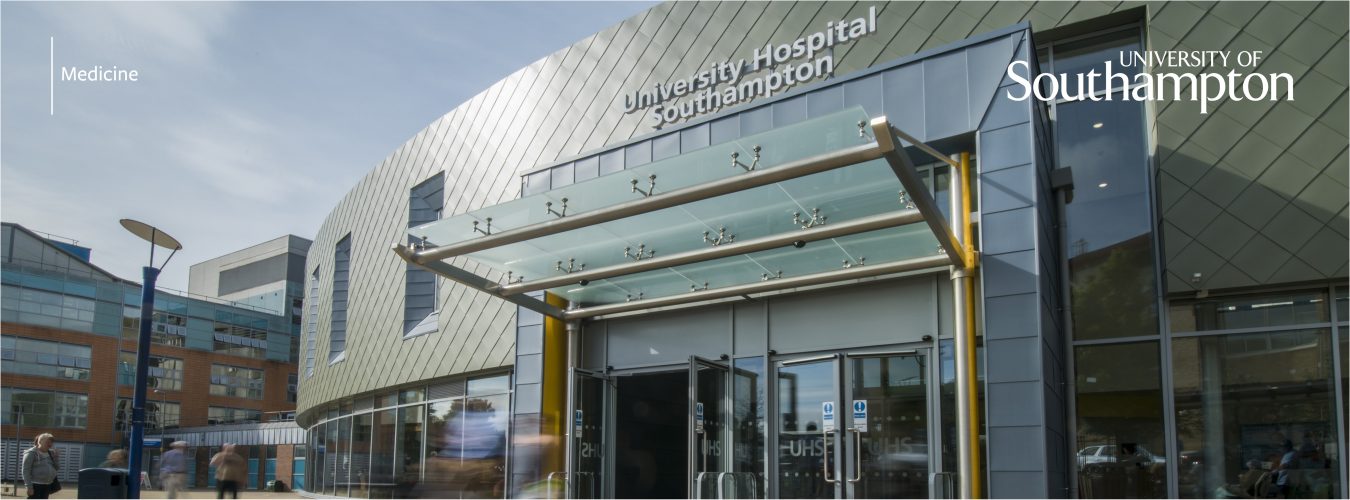By Professor Cyrus Cooper with Dr Nicholas Fuggle
In this blog for Medically Speaking, I thought I would address the important topic of interdisciplinary research. I am joined by Dr Nicholas Fuggle, one of two Faculty Turing Fellows, who has been with us at the Medical Research Council Lifecourse Epidemiology Centre (MRC LEC) for three years. For the uninitiated, The Alan Turing Institute is the national hub for data science and artificial intelligence and it’s constituency includes academics, mostly ‘Turing Fellows’, from partner universities.
The fellowship has given Nick an incredible smorgasbord of opportunities including exciting interdisciplinary collaborations; a wonderful education and webinar program; and contribution to national reports on the regulation of ‘Algorithms as Medical Devices’ and ‘Data science and AI in the age of COVID-19’ which amalgamate reflections on the response of the UK’s data science and AI community to the COVID-19 pandemic. It has also served as a vehicle for researchers across campus and between Universities to network, cross-pollinate and collaborate.
Nick’s involvement with Turing dovetailed directly with a Worldwide Universities Network (WUN) meeting in Sydney, which focused on Digital Health and resulted in the founding of an International Society for Digital Health of which he is now the Honorary Secretary. His first experience of chairing a session at an international congress was actually at the launch meetings in Hong Kong and in the UK.
The Fellowship has opened exciting, interdisciplinary collaborations with colleagues from Electronics and Computer Science, led by Professor Mahesan Niranjan and Dr Sasan Mahmoodi; these include projects focused on two of the most important consequences of musculoskeletal ageing: osteoporosis (the commonest bone disorder worldwide) and osteoarthritis (the commonest joint disorder worldwide).
Dual X-ray Absorptiometry (DXA) scans are used in clinical practice to assess bone density (which is related to fracture risk). However, in the Hertfordshire Cohort Study that is led by Professor Elaine Dennison at the MRC LEC, we also have access to a specialized scanning modality called High Resolution peripheral Quantitative CT (HR-pQCT) the high resolution of which delivers ‘a virtual bone biopsy’. Using different machine-learning models we are addressing image analysis models to identify those at risk of fractures above and beyond the tools currently employed in fracture prediction.
Osteoarthritis is characterized by articular cartilage loss leading to structural deterioration and symptoms of pain, stiffness and loss of function. Using knee radiographs from the Hertfordshire Cohort the team has developed pilot models which can classify images into ‘osteoarthritis’ or ‘not’ with moderate accuracy (81%). Future work will be focused on investigating the ability of computer vision to identify motifs and features which predict pain and dysfunction better than the conventional methods of assessing radiological osteoarthritis severity.
At times, interdisciplinary research appears a conceptual rather than a practical concept. The Turing Fellowship scheme has brought that concept alive and we have both learned a huge amount from the tangible collaborations it has brought to life. We cannot recommend it strongly enough.


Enhancing interdisciplinary research: the Turing Fellowship